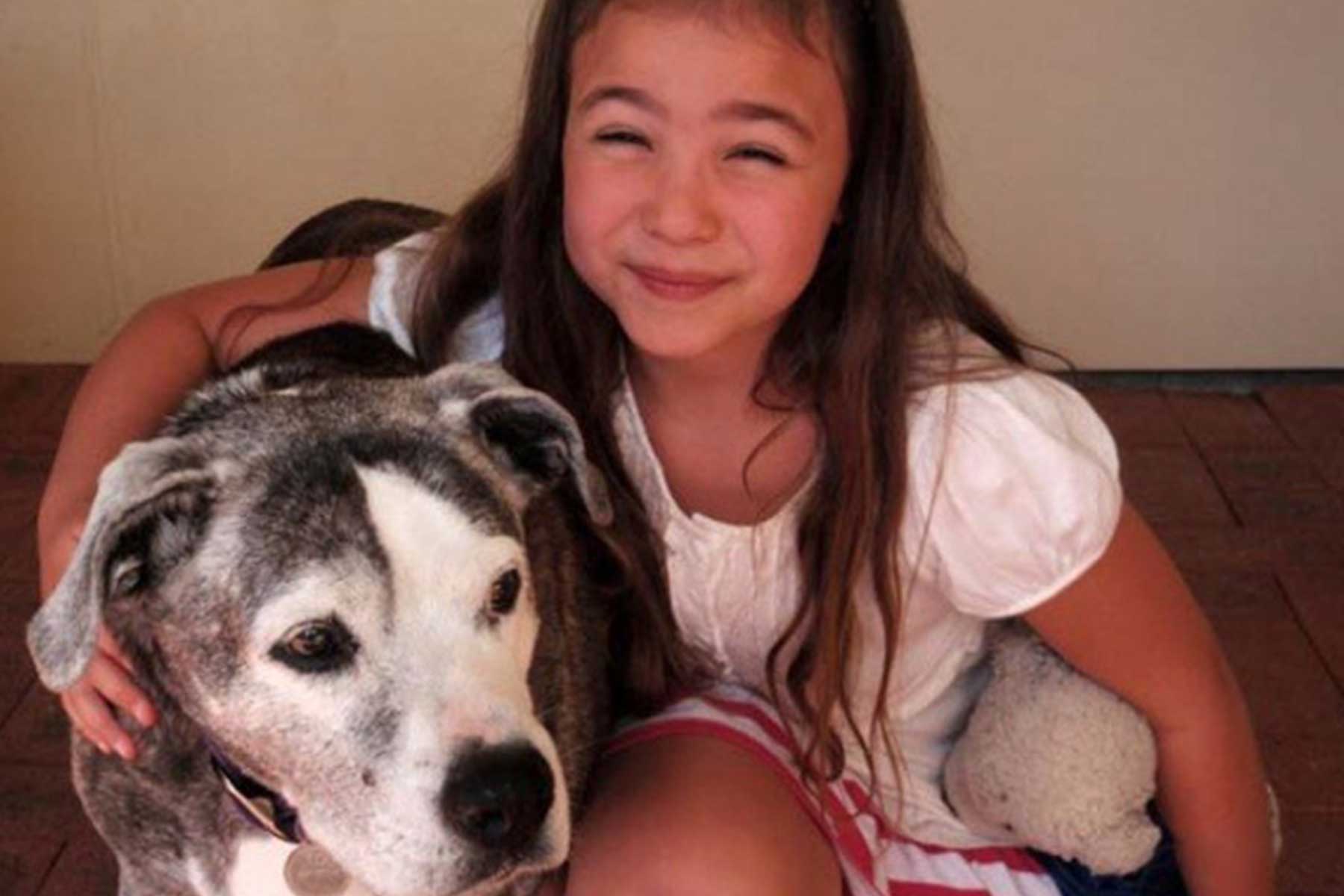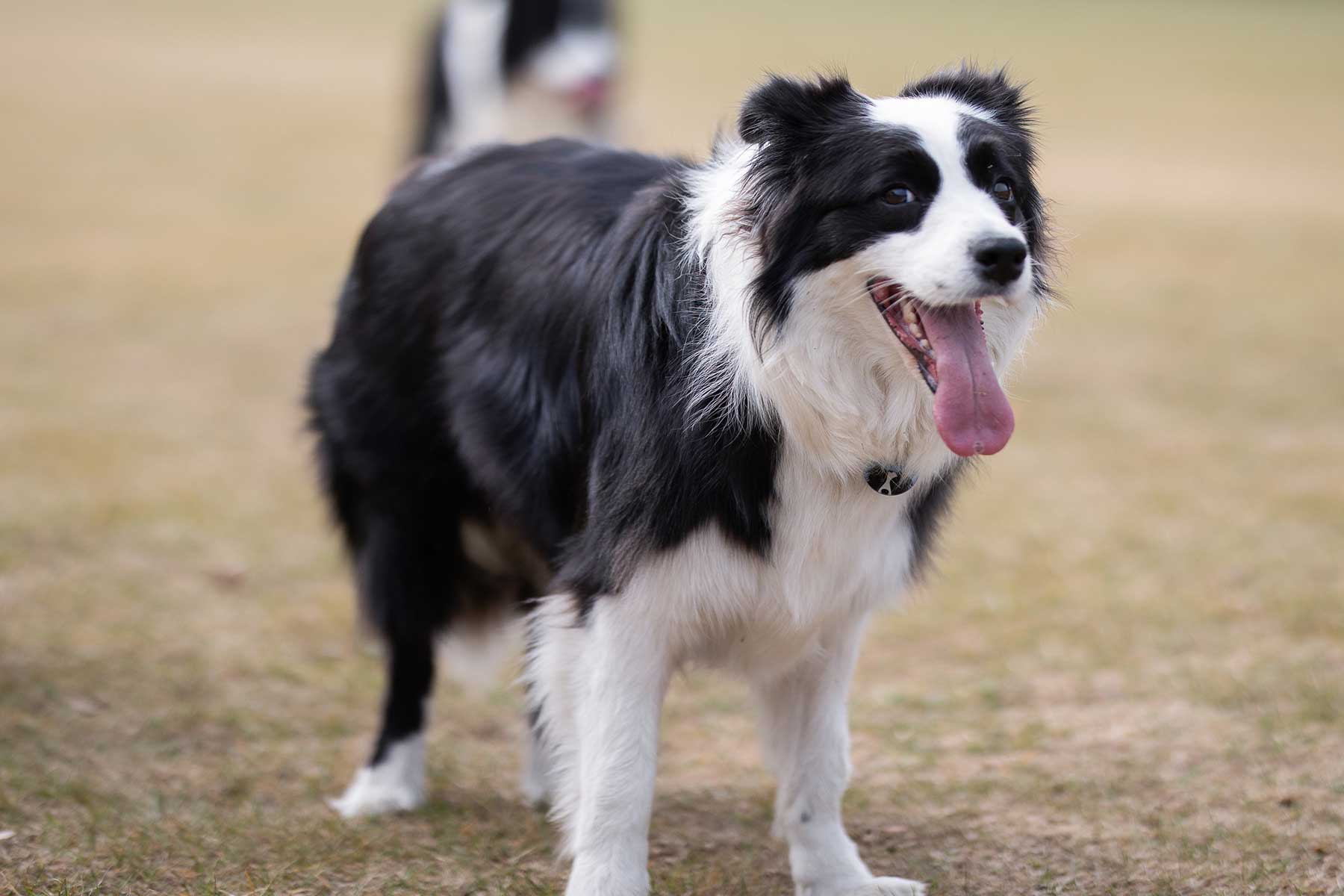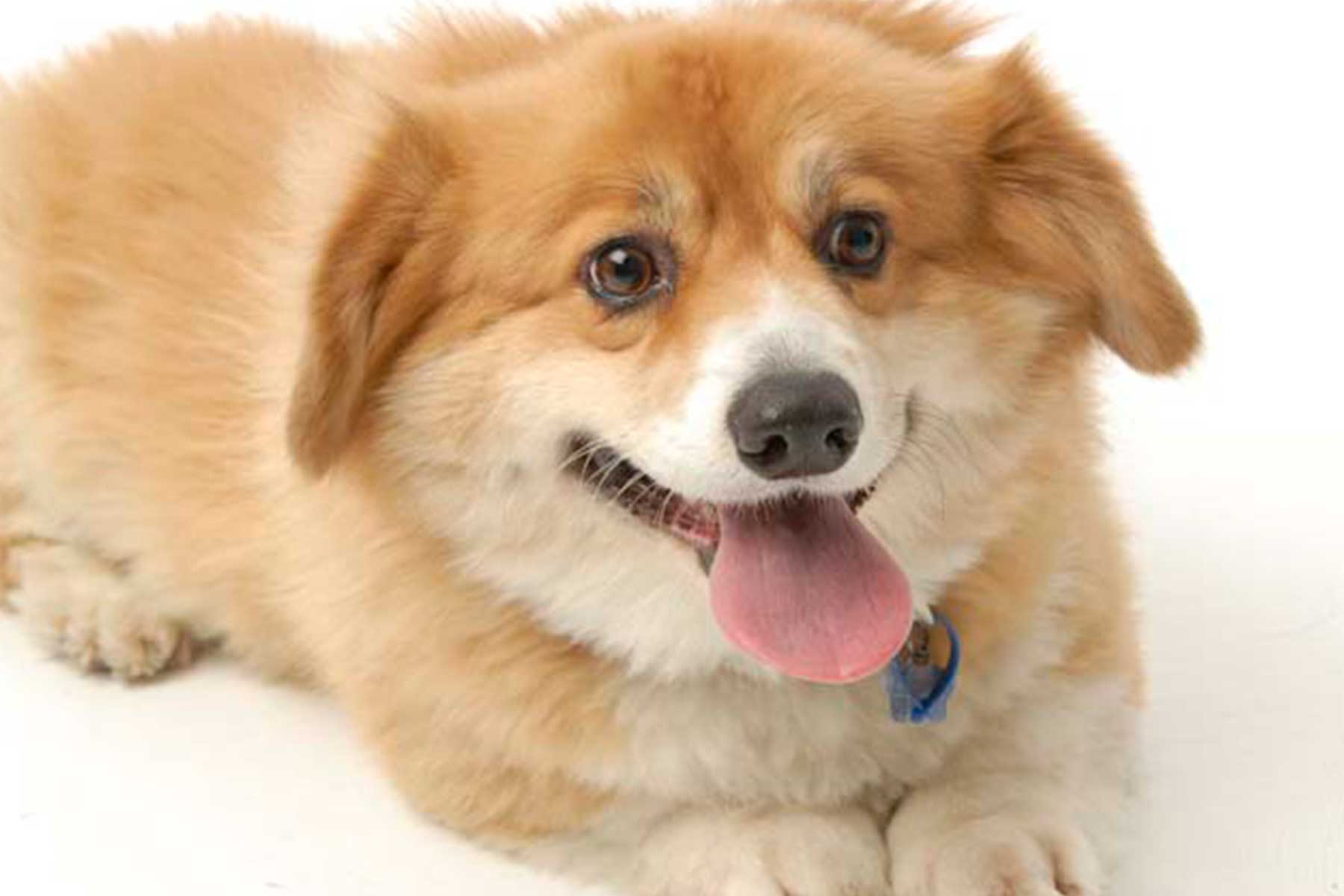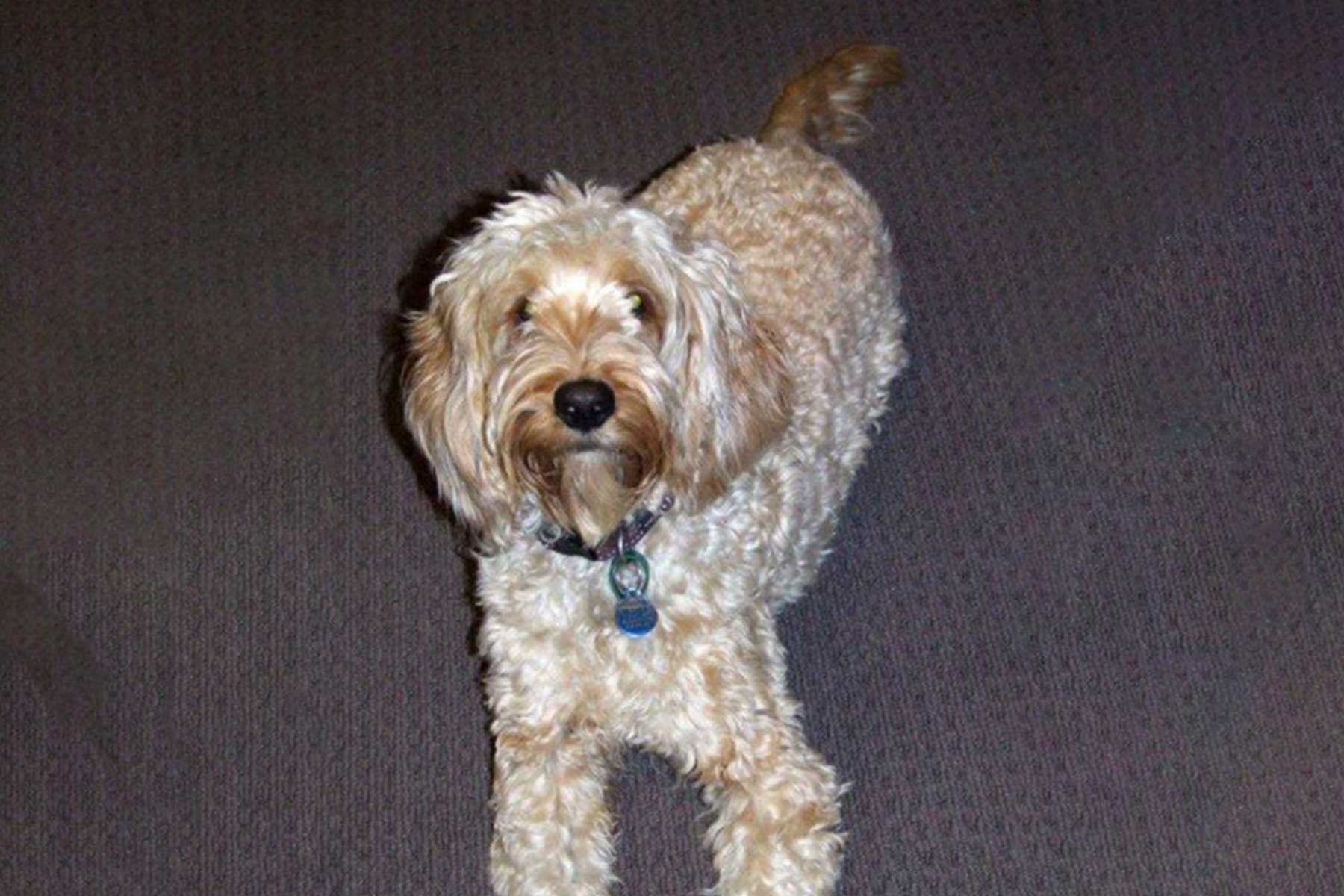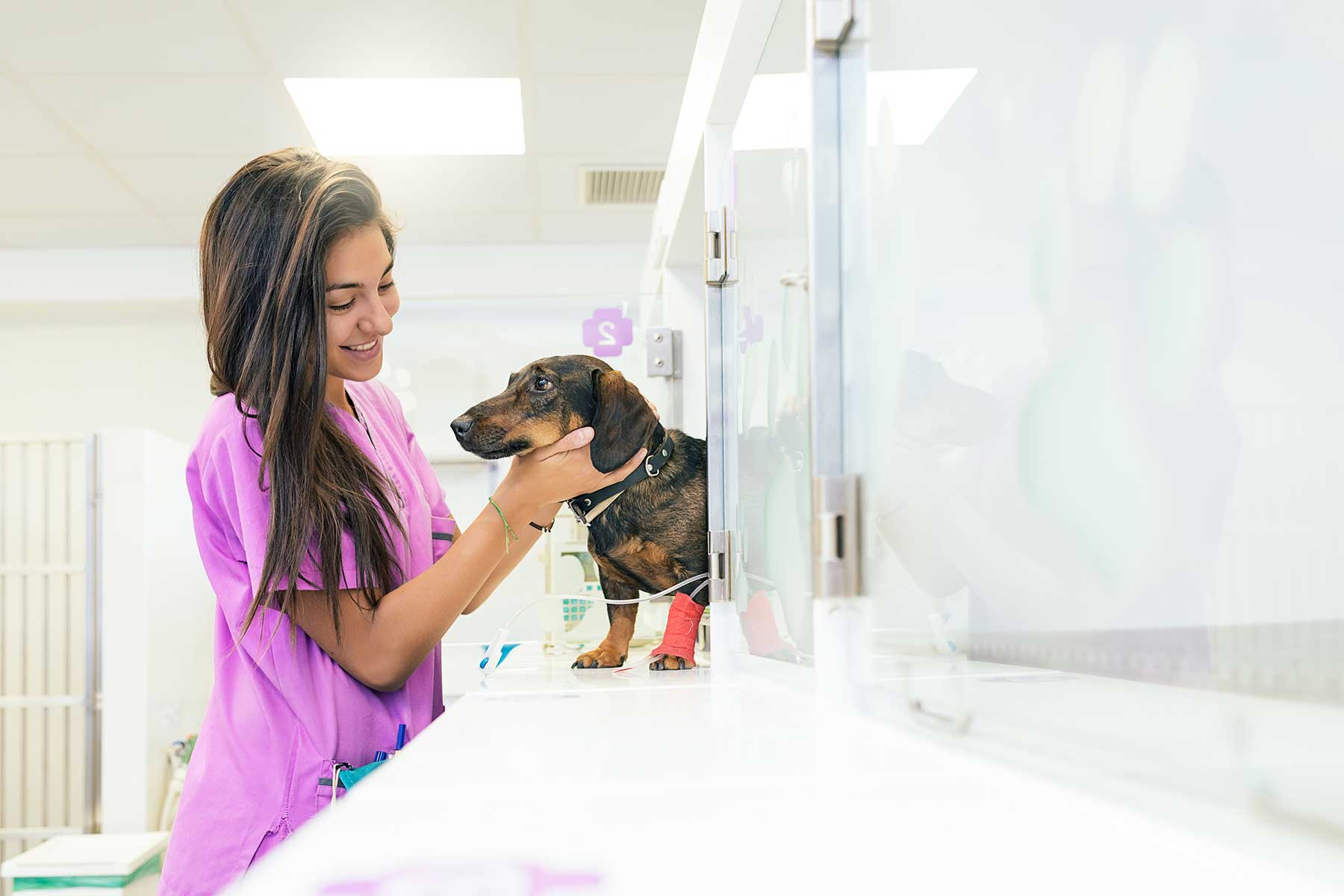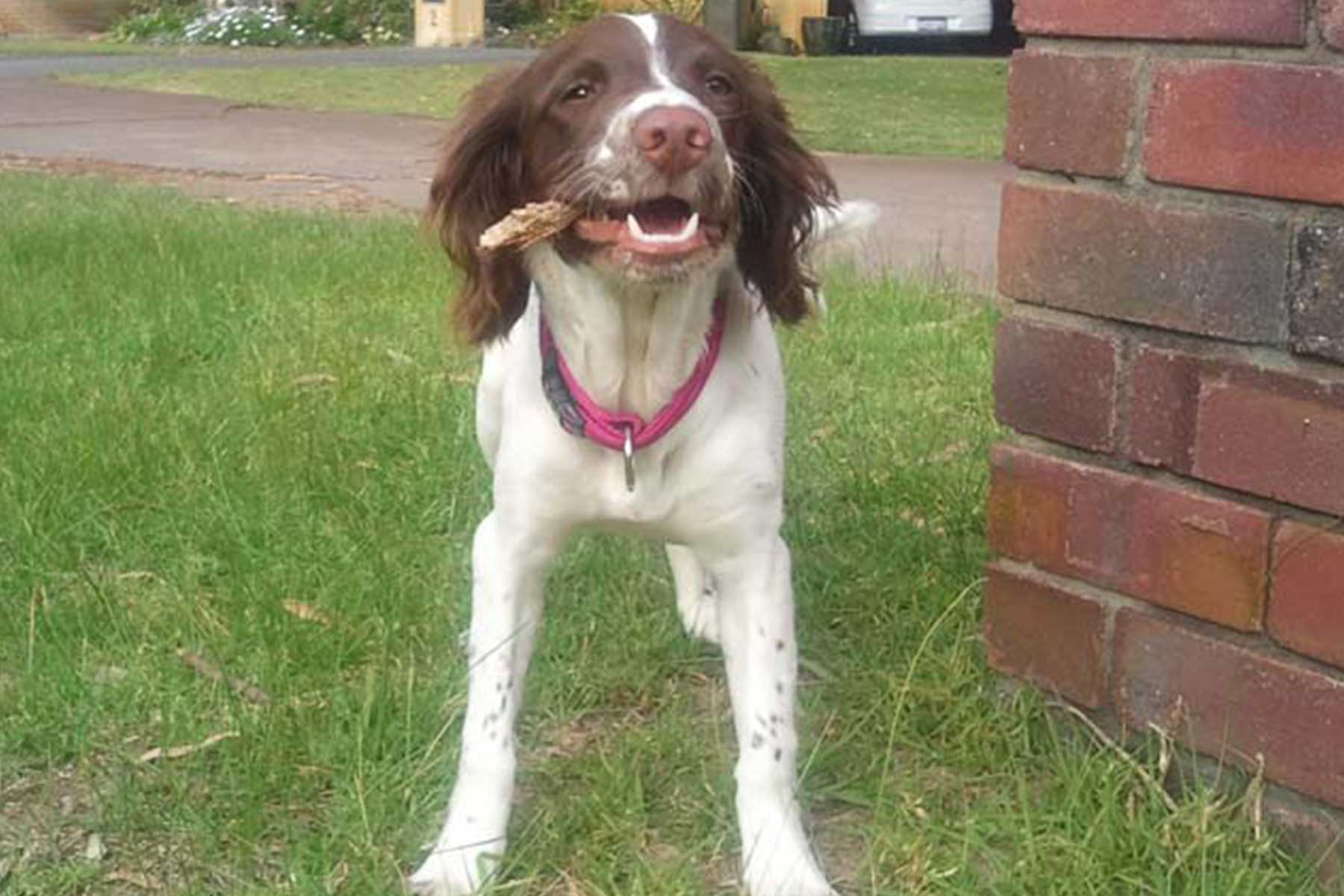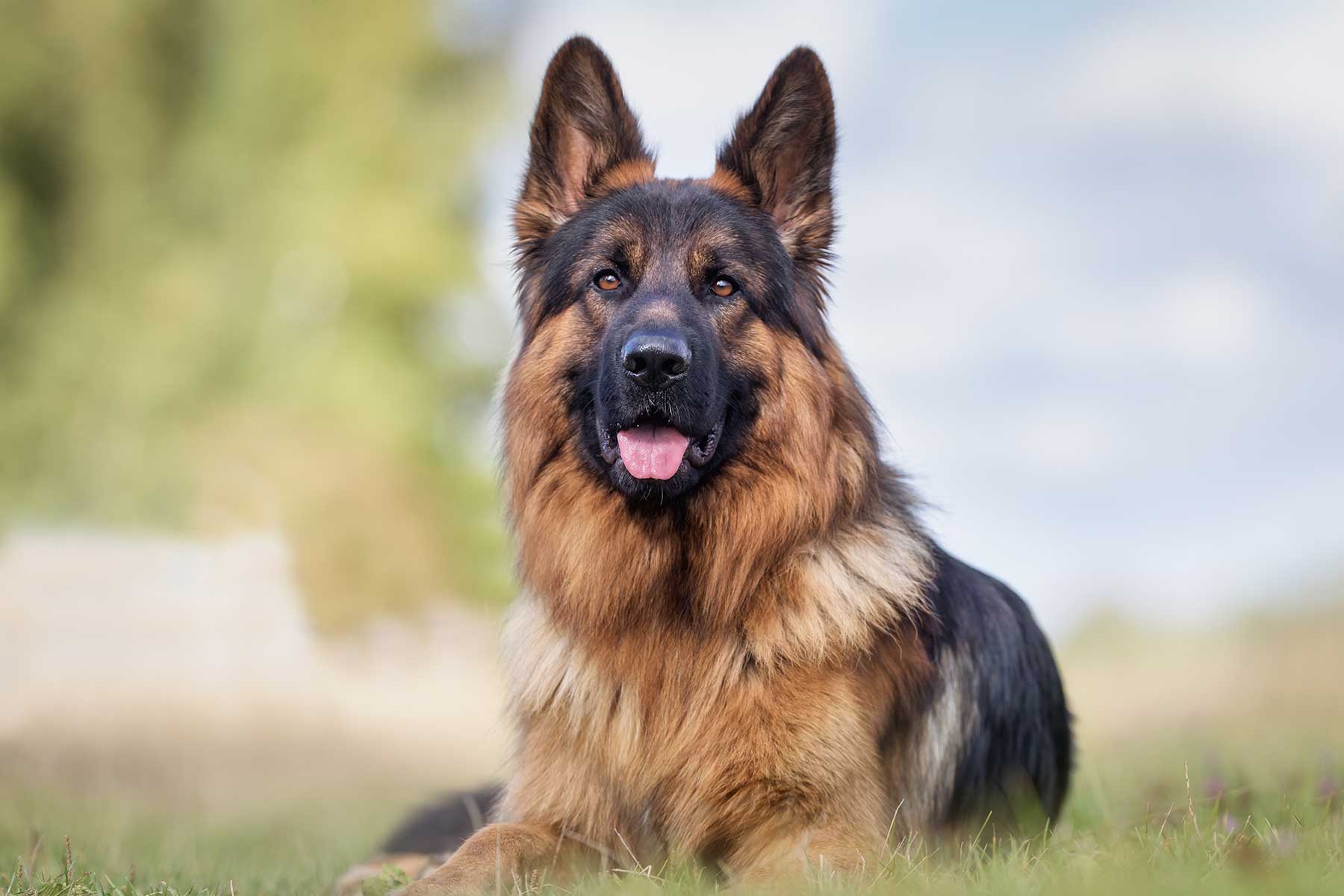Some dogs love car rides and feeling the breeze through their fur with the window open. Other dogs are fearful of the car. They whimper and whine and some work themselves up to the point they are even car sick! Here are some tips and answers to common questions to help car journeys be a more pleasant experience for your pups.
How do I Desensitise my dog to the Car?
- When the car is parked in the shade and the engine is off (inside a cool garage or carport is ideal), open all windows and doors so your dog doesn’t feel trapped and to keep the car cool.
- Throw treats into the car for your dog to find or feed them their usual meals in the car. Ensure your dog is safe and cannot run onto the road or nearby cars by using a long lead. Your dog will begin to associate the car with a positive experience. If your dog or puppy is more motivated by other things, say a ball, you can use that instead.
- Always supervise and always ensure the car is not too hot. If you are finding it warm it is best to stop and do the activity on cooler days, ensure they are never in the car in the sun or with all the doors closed as they can overheat quickly.
- Try not to lift your dog or pull on the lead to get them into the car unless necessary. This will make the fear worse as we are forcing them to face their fear. Always encourage them by using treats in the car or by throwing their favourite squeaky toys in.
- You can also practice shutting the doors and opening them straight away when they are busy searching for the treats.
- Once they are happy in the car with the engine off you can practice the activity with the engine on and get them used to the noise and vibrations.
How do I make the trip better and safer when driving in the car with my dog?
- Start your journey with plenty of time and use the desensitisation techniques to get them into the car.
- Place their bed or blanket in the back seat of the car or the boot of the car if you have a lot of space and a larger breed.
- You can spray their bed or the blanket with Adaptil (a pheromone spray that can help dogs with anxiety)
- If they know the ‘sit’ or ‘lay’ cue, you can ask them to do it in their bed or on the blanket. If they are not doing it do not force them or shout as that will make their anxiety worse.
- Ensure they are correctly restrained, with a seat belt leash or normal leash to the car with a harness or appropriate collar. The lead should be long enough that they can sit, lay and stand and turn around fully without it pulling, however short enough that they cannot move too far forward or get caught.
- If you can have someone sit in the back with them and feeding them treats for calm behaviour. This reinforces the car as a rewarding place and keeps them focused and secured when you are driving.
- Initially, start driving for short distances (5 minutes max) before building it up slowly.
- If they start whining try to ignore them and go back home as soon as possible then give them another treat or a play in the car once the car is back home and parked to finish it on a positive experience.
- Try and take your dog to places you know they love. For example, a walk at the park, grandmas house, play with a toy or doggy friend (only if they like to play with other dogs and are not fearful of them.)
- Try and make sure you take them out little and often in the car to positive places and not only to the vets. As much as we love seeing them, they don’t always like seeing us.
Does your dog suffer from car sickness?
- If your dog gets car sick it is important that you follow all the steps above as it might be anxiety-related or it may be the motion of the car.
- When the car is moving or the engine is turned on, continue with the treat games in the car. Make them as small as possible and something bland like cooked chicken. Use the treats sparingly whilst still building a positive association.
- Try not to take your dog out in the car at least three to four hours after a big meal (unless necessary or a medical emergency).
- Try to get your pet to lay or sit so they are not wobbling about.
- Rescue remedy for dogs can sometimes be helpful for dogs who get anxious in the car, but if it’s motion sickness that’s affecting your dog then please contact us.
If you have tried all of the steps above and your dog is extremely car sick or anxious please don’t hesitate to book an appointment or come and speak to one of our friendly team members.

